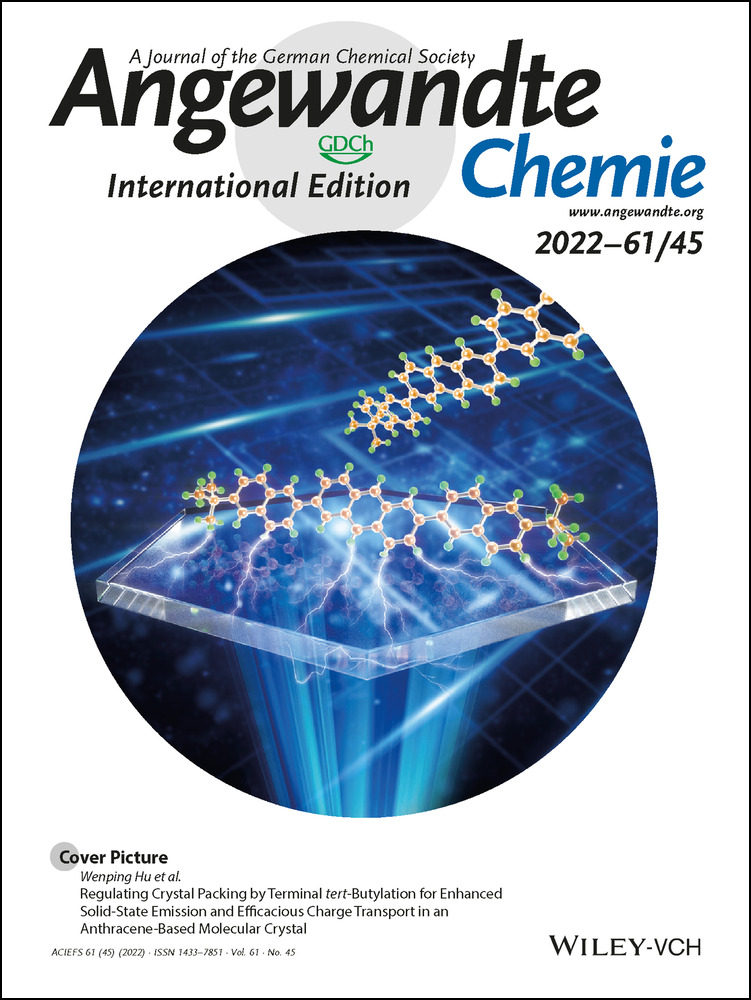Target-Triggered Formation of Artificial Enzymes on Filamentous Phage for Ultrasensitive Direct Detection of Circulating miRNA Biomarkers in Clinical Samples
Graphical Abstract
As triggered by the target, an artificial enzyme was site-specifically formed at the tip of filamentous M13 phage, generating a novel catalytic nanomaterial for miRNA analysis. miRNAs in human plasma samples, tumor cells, and tissues were detected with high sensitivity comparable to qRT-PCR, showing a great possibility of clinical applications.
Abstract
Integrating artificial enzymes onto nanostructures target- and site-specifically is still a challenge. Here we show that target miRNAs trigger the formation of DNAzyme site-specifically at the tip of filamentous phage for detecting miRNA biomarkers. Through an antibody-modified oligonucleotide, the tip of the phage with magnetic nanoparticles on the sidewall captures a target miRNA, inducing the formation of DNAzyme that extends from the phage tip through a hybridization chain reaction. After magnetic separation, the resultant complex catalyzes a colorimetric reaction with the signal correlated to target concentrations, leading to the quantification of miRNAs with a detection limit of 5.0 fM, about 103 folds lower than the phage-free approach. Our approach can differentiate miRNA mutants and quantify miRNA in human plasma, tumor cells, and tissues with high sensitivity, suggesting that the target-triggered integration of enzymes and phages holds promise for searching for new catalysts.
Conflict of interest
The authors declare no conflict of interest.
Open Research
Data Availability Statement
The data that support the findings of this study are available from the corresponding author upon reasonable request.





